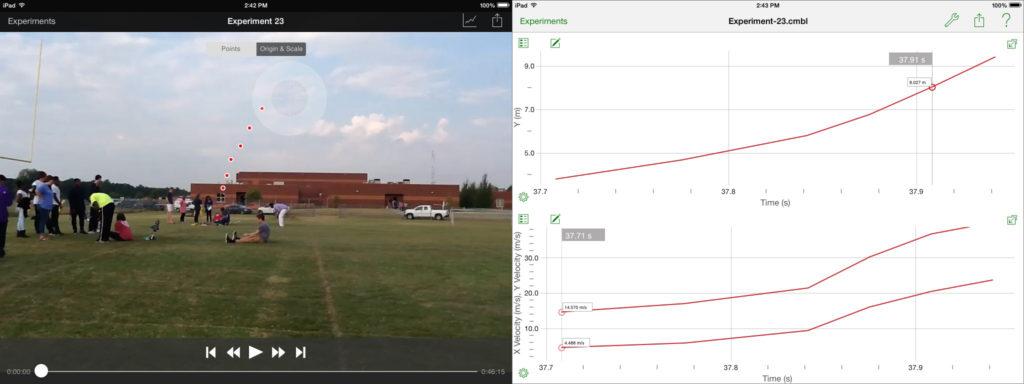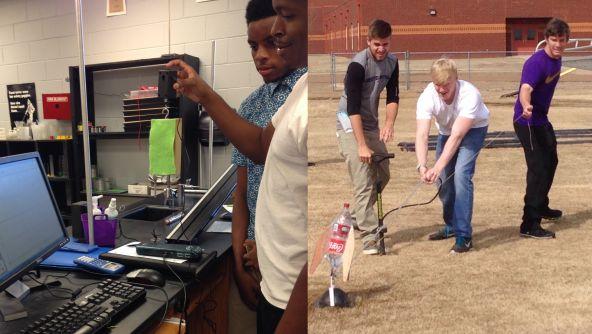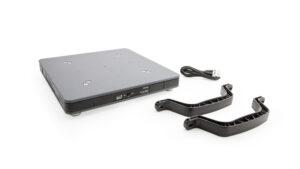Using the data-collection technology acquired as a 2014 Vernier/NSTA Technology Award recipient, I have been able to make hands-on learning an ingrained part of my physics and chemistry classes. The use of the technology helps my students transform ambiguous concepts into tangible ideas, supports guided inquiry, and works masterfully for my visual and kinesthetic learners.
Through the award, I have incorporated various sensors, LabQuest interfaces, and the Graphical Analysis™ and Video Physics apps into my instruction. The technology has also been used during my high school’s “Creating Leaders in STEM” program, which provides innovative opportunities for AP Physics and AP Environmental Science students to prepare for their AP tests while helping younger students engage in STEM education.
As part of this program, I first introduce key force concepts to my students during an interactive demonstration using the Vernier Force Plate. Then, my high school AP Physics students conduct inquiry-based investigations involving force in order to introduce 6th grade students at DeSoto Central High’s feeder school to Newton’s Three Laws of Motion. My students assist the groups of younger students as they participate in an engineering design challenge, which involves building and launching a water-propelled rocket

As part of the rocket project, my students identify a problem; brainstorm, design, and build a rocket to solve that problem; test and evaluate their design; redesign their rocket as necessary; and share their final project with the class. Then, my students visit the middle school and actively participate in teaching the science behind the water rocket, as well as mentor the 6th grade students as they create their own design notebook and build their own rocket. On the second day of the visit, my students work constructively with their middle school groups as the students launch their rockets. During the project, students use the Vernier sensors and apps to collect data to describe the mechanics of their rocket—from Newton’s 3rd Law to the Impulse-Momentum Theorem to the idea of Conservation of Mechanical Energy.
As a result of the program, my high school students have strengthened their conceptual understanding of physics while helping to spark an interest in STEM education for the younger students. The program has created a really enriching experience for all involved.
In addition to the rocket project, my students use Vernier technology during numerous other hands-on investigations, including a “Graph Matching” lab that utilizes the Vernier Motion Detector to introduce them to motion graphs. I am also continuing to explore new ways to use Vernier technology, particularly the force plates and LabQuest interfaces, to engage middle school students in hands-on experiences that delve deeper into Newton’s third law, as well as other scientific principles.



